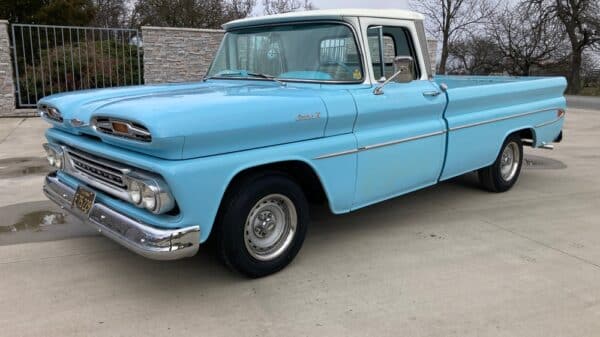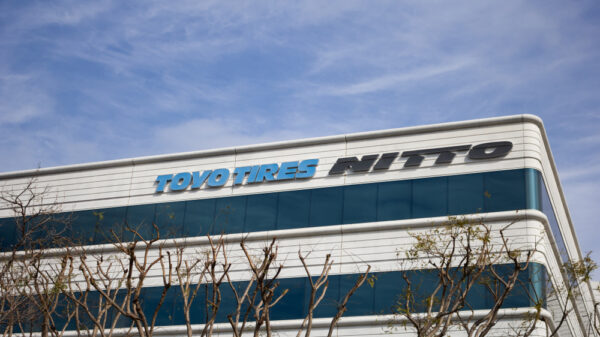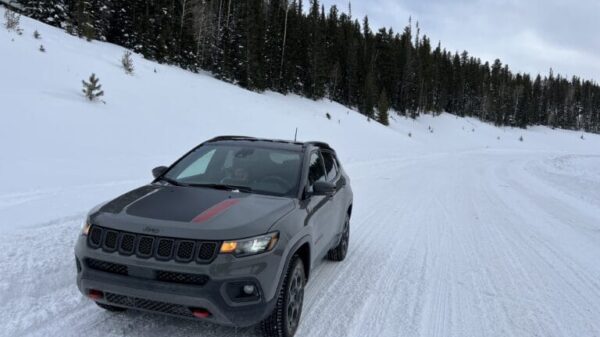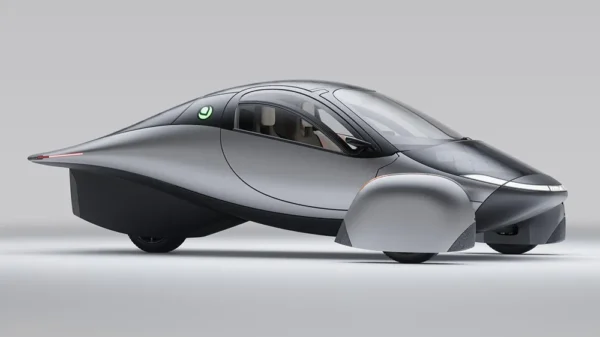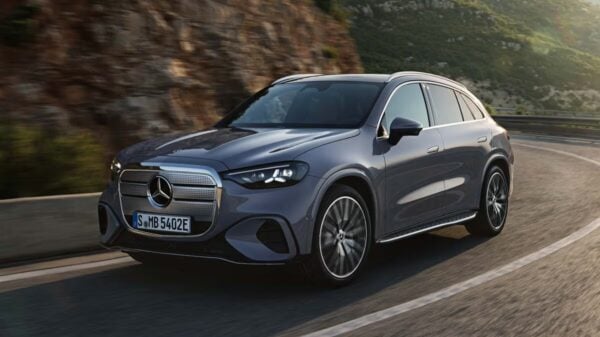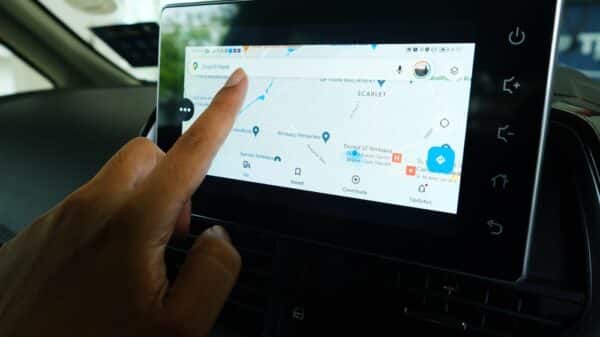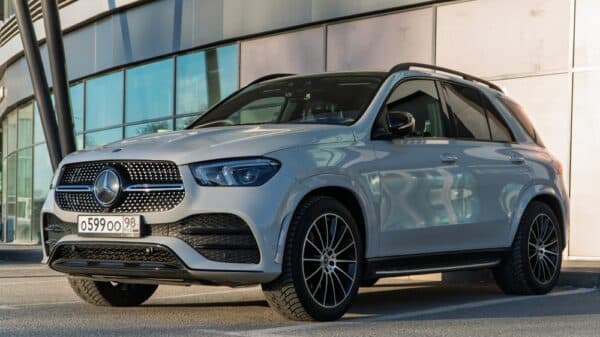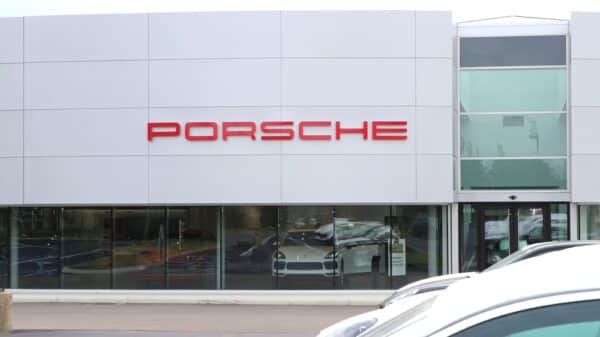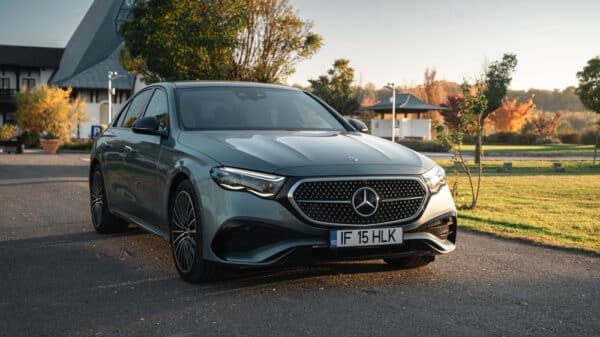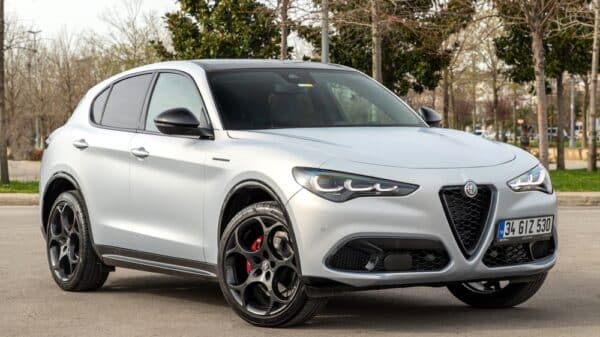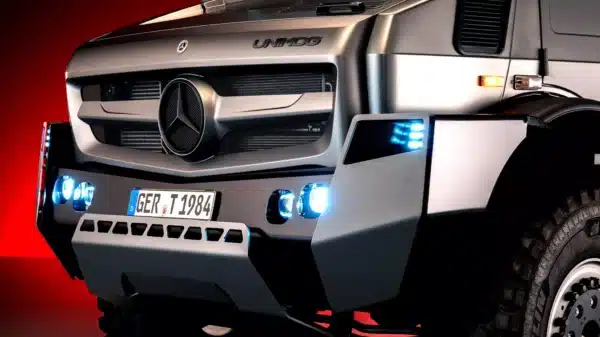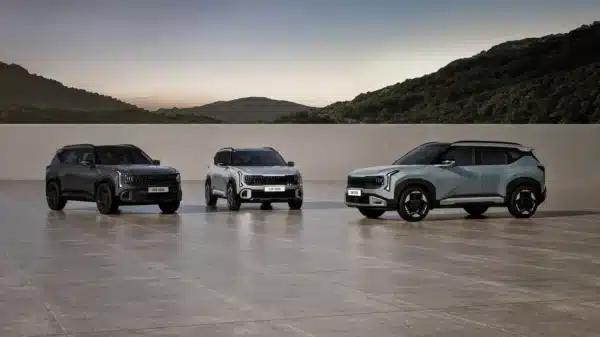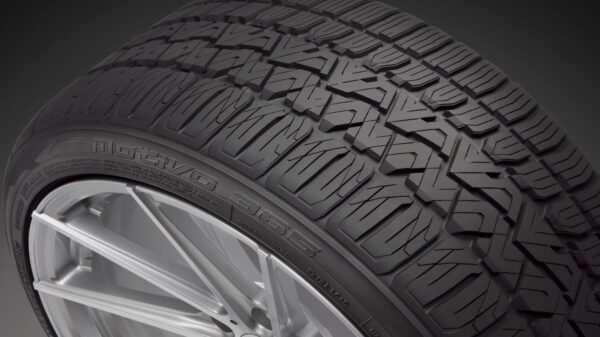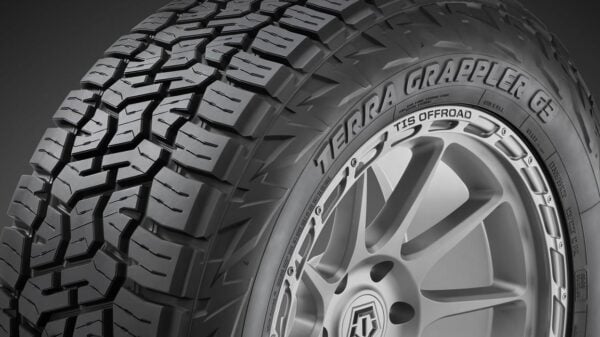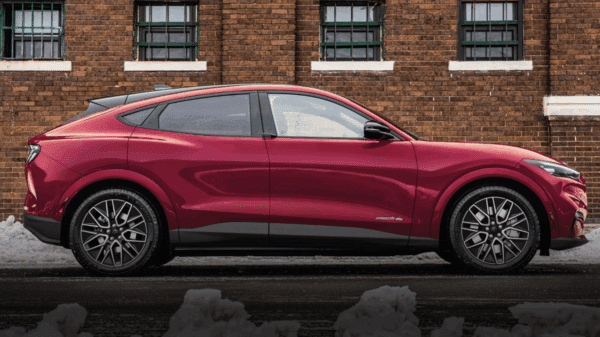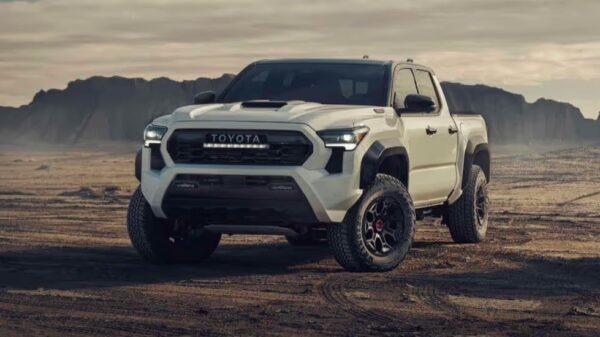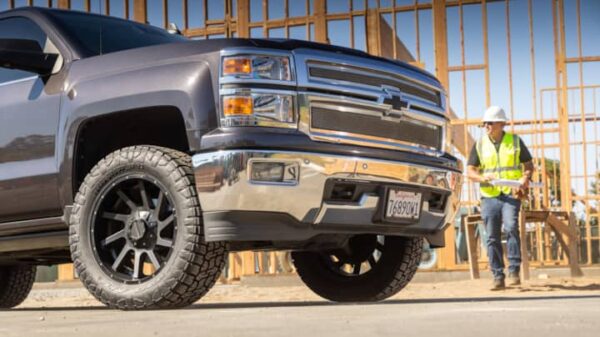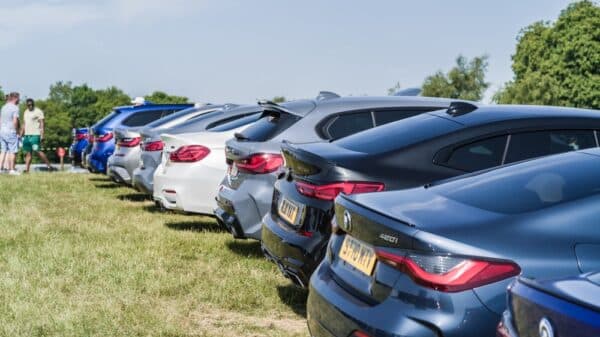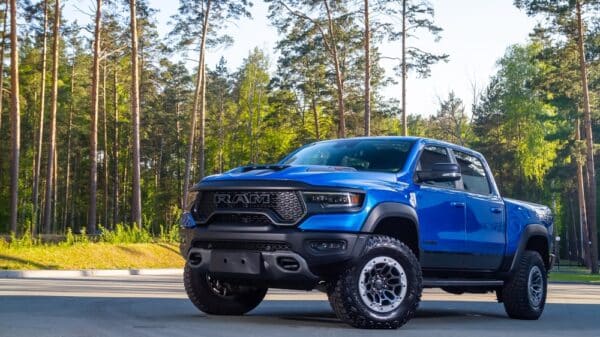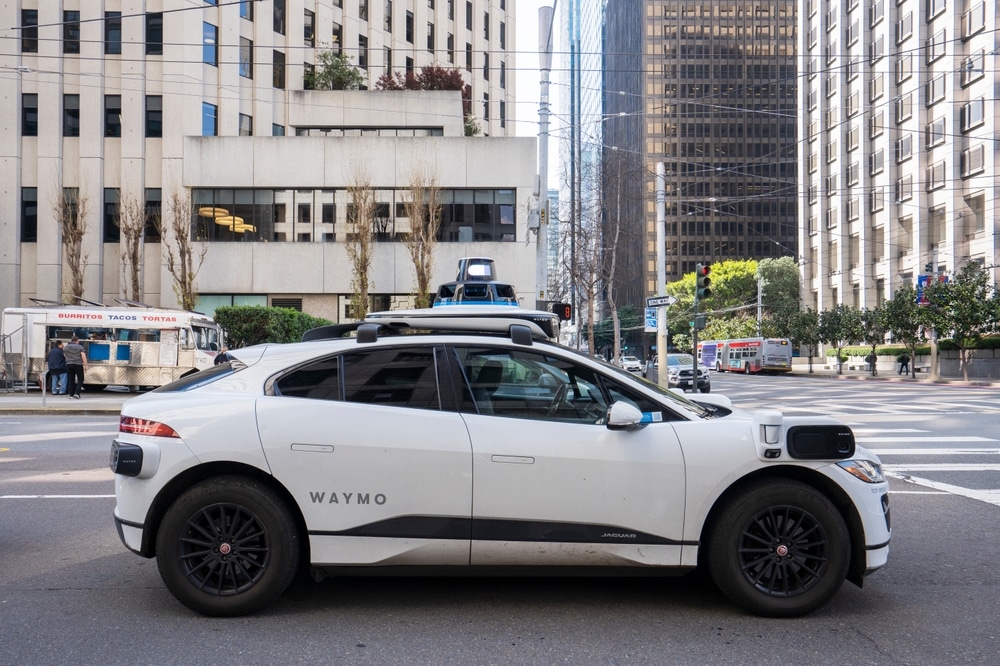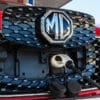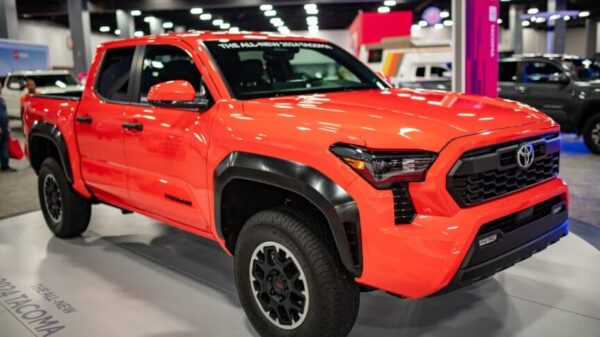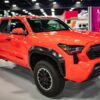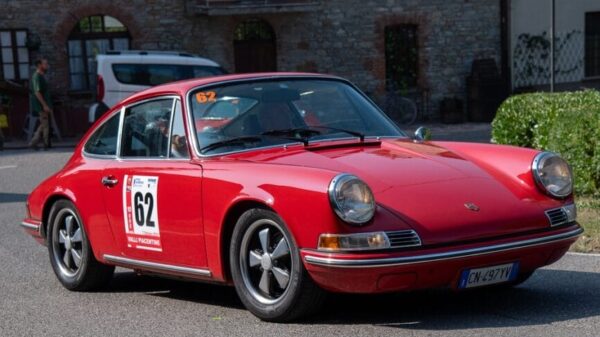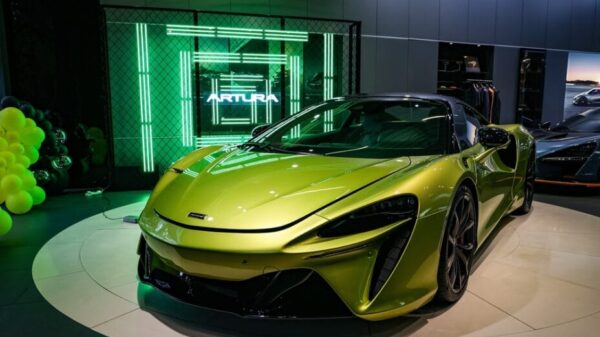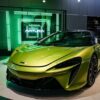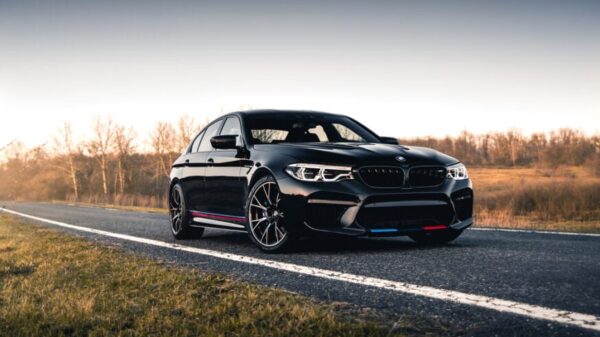The more I settled into my seat, the more my attention turned to Levinson’s insights about the future of automotive travel. He expressed a genuine passion for the mission behind Zoox, reflecting on how he envisions automobile life shifting. “We are finally at a point where we can rethink what transportation means,” he said, his enthusiasm palpable. With urban landscapes becoming more crowded and pollution rates climbing, we need innovative solutions that make commuting smarter, safer, and ultimately kinder to our planet.
Levinson’s perspective resonated with me—there’s a frustration many of us feel as we sit in traffic, watching precious minutes tick by. Most of us aren’t just commuting; we’re trading time and energy for the keys to a car we barely have the chance to appreciate. Levinson’s view cuts through the haze of our daily rides, showing how whatever car culture we’ve come to accept could transform into something even more user-friendly and efficient.
Taking a spin in the Zoox feels different—it’s almost liberating. You don’t have a wheel in front of you, and you aren’t confined by the typical dashboard clutter. Instead, here’s this compact, futuristic vehicle that allows passengers to focus solely on the experience instead of the mechanics of driving. You are just along for the ride in the truest sense, free to reflect or engage in conversation without worrying about navigating the chaos of everyday streets.
After wending our way through the streets, we steered back toward where we began, and I couldn’t help but think about the broader implications of this technology. The Zoox isn’t just about computing systems making quick decisions; it’s about altering our perception of the urban sprawl. Picture a city where congestion eases as we embrace shared rides that seamlessly flow from point A to point B, all while contributing to lower emissions and better air quality.
The ride concluded, and stepping back onto the sidewalk of Las Vegas felt strangely normal, a reminder that our anchored routines are indeed being challenged by such innovations. Levinson’s vision highlighted a core truth in the realms of tech: the path to adoption is often steeped in cautious steps—be it an autonomous vehicle’s hesitant lanes or our own hesitations about letting go of conventional ways of getting from one place to another.
As I walked away, the experience lingered in my mind—so much so that I found myself imagining a time where hopping into a Zoox feels as natural as coming out of a train station or flagging down a rideshare. Yes, the judgments about vehicle designs and safety protocols are fair, planted firmly in consumer minds. But if Zoox fulfills its potential, it might just make city travel less of a chore and more of a shared journey, redefining how we connect within urban spaces while hinting at an exciting, technology-driven future.When considering the future of autonomous vehicles, the transition from traditional car designs to innovative, purpose-built models presents both excitement and apprehension. The recently unveiled Zoox vehicle exemplifies this evolution, looking more like a quirky toaster on wheels than a typical taxi, and understandably so. While it certainly boasts a unique design that prioritizes passenger space, be aware that cramming four adults and their luggage inside could become an awkward experience. Without a conventional trunk, roller bags thrown into the cabin may lead to a chaotic vibe—a little too close for comfort during those unexpected jolty stops that catch everyone off guard.
Delving into the vehicle’s behavior, engineer Jesse Levinson points out that the intentional “lungy” stops and somewhat erratic driving patterns are rooted in safety. Levinson, the co-founder and CTO of Zoox, asserts, “For us, the past few years have revolved around crafting our safety case. Our goal is clear: deploy these vehicles on public streets without a safety driver while ensuring they’re statistically safer than a human behind the wheel.” The challenges they face extend beyond just perfecting the vehicle dynamics; they also encompass establishing a network of safe pick-up and drop-off locations. It’s a task that demands sustainability and economical logistics, underpinning their ambitious mission.
Zoox has been proactively road-testing these unique rides in bustling cities like Las Vegas, Foster City, and San Francisco. Looking ahead, the company hopes to initiate limited semi-public rides in 2025, a moment anticipated by many eager local residents. However, don’t expect an open invitation just yet. These initial rides will cater to a select community of employees, their families, and a few invite-only “Explorers.” Questions linger about how lucky participants will be chosen and what criteria Zoox will apply when deciding who gets to experience this revolutionary ride first.
Yet, the road to launch isn’t entirely smooth. Alongside the whimsical toaster-taxis, Zoox is piloting retrofitted Toyota Highlanders as testing platforms, even if they don’t serve passengers. Challenges have arisen as the company faces scrutiny from the National Highway Traffic Safety Administration due to reports of collisions involving these Highlanders—certainly a reminder that even innovators trip over the hurdles of safety. Just recently, Zoox issued a recall for 258 of these vehicles due to sudden braking issues that posed a risk during test drives.
The complexity of self-certification also presents hurdles for Zoox; regulatory apprehensions loom as they navigate an unregulated space where they are among the few pursuing autonomy without much established precedent. Comparatively, the autonomous taxi industry is witnessing an ongoing contraction, with competitors like GM’s Cruise and Argo.AI shutting down operations in recent years. Meanwhile, the ambitious promises of Elon Musk’s Cybercab fleet remain enticing yet uncertain.
Currently, Waymo stands as the lone contender making significant strides in the autonomous taxi market, but even they face delays in launching their tailored people-mover vehicle in partnership with China’s Zeekr. All of this paints a picture of a lively yet unpredictable industry landscape, leaving many to ponder: does Zoox have what it takes to bring its vision to life?
Although Zoox’s journey toward mainstream acceptance feels like a long road ahead, the company isn’t wavering in its optimism. Levinson remains hopeful, stating, “It’s encouraging to see various approaches in play. At Zoox, we believe that designing a vehicle for passenger ownership starkly contrasts with crafting one specifically for taxi fleets. Only time will tell how each of us will navigate this exciting yet challenging journey.”
In a world where innovation meets skepticism, Zoox is navigating a fine line. As they circumnavigate the technical complexities and regulatory landscapes, their determination reflects a broader ambition to redefine our relationship with transportation—an endeavor that resonates with many who are eager for change and progression on our city streets.
Image Source: Tada Images / Shutterstock


